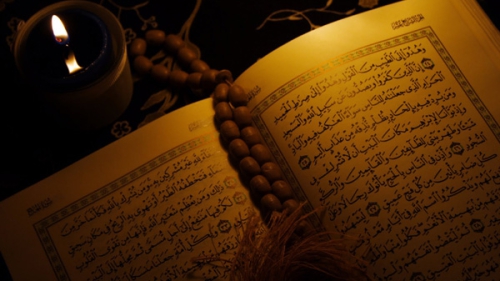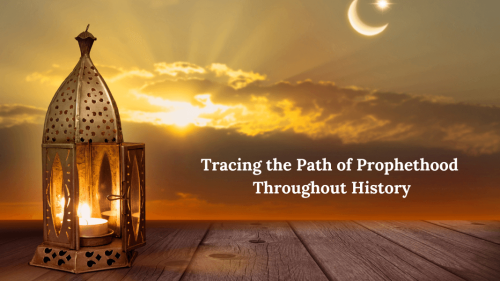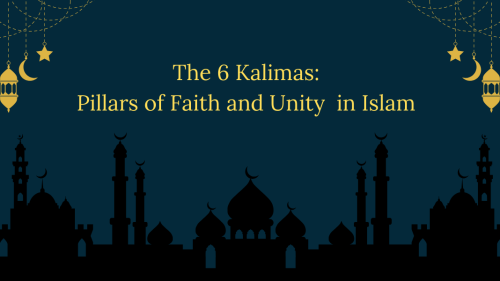Contemplating Islamic Geometric Design

Throughout the history of Islamic architecture, craftsmen have adorned buildings with geometrical designs. These designs are still among the most recognizable expressions of Islamic art and culture among Muslims and non-Muslims alike. But as with all art that causes us to gaze in awe, it is easy to forget that at some time in the past, Islamic craftsmen sat down and designed and executed these designs. Here we look at two geometrical designs, one from Cairo and one from the Alhambra, and uncover their secrets
Behind the al-Azhar mosque in Cairo is a group of buildings built in the late 15th century by the famous Mamluk sultan, al-Asraf Qaytbay. It consists of a wikala (a medieval market or mall) and a sabil-kuttab. The latter building is a traditional Mamluk multi-purpose structure where, on the ground floor, behind a metal lattice screen is a drinking fountain (sabil). On the floor above, with double arches on both sides is a primary school (kuttab). The street-facing walls of these buildings are richly decorated with geometrical designs. There are stone panels with designs framing doorways, the voussoirs above the windows and storefronts all have individual designs, and even the capstone in the star vault entrance to the wikala has a geometrical design. Between the sabil on the ground floor and the kuttab on the first floor is a geometrical panel that wraps around a corner, as can be seen in the photo. Some of the patterns are repeated but mostly the designs are all different from each other. What they have in common are two features that are characteristic of geometrical designs made during the reign of the Mamluk sultans (1250-1517 AD). First of all, the designs show only part of a larger composition; they invariably show only a half or a quarter of a traditional star design. Secondly, most of the designs have kite-shapes that serve as links in a chain, connecting the individual star designs.
The wikala and sabil-kuttab are from the very end of the reign of the Mamluks and built during a period that is commonly considered to be the apogee of Mamluk art and architecture: the reign of sultan Qaytbay. This sultan commissioned the construction of many beautiful buildings in Cairo and his patronage encouraged lesser sultans and emirs to do likewise, both during and after his reign. His mausoleum is one of the most refined buildings in Cairo; it is situated in the Northern Cemetery and is best known for its exquisitely decorated dome, which interweaves geometrical patterns with plant motifs.
On the exterior of the sabil-kuttab is a number of stone panels that show details from larger geometrical star designs. The area directly around this relatively simple doorway has been elaborately decorated. All these have been further accentuated by the double interlacing stone banding. Above the stone banding and outside the frame of the picture is a huge floriated rosette of at least 150cm diameter. The stone ornamentation is there to draw attention to the doorway.
Above the doorway, on either side of the window, are two square panels: they are each other's mirror image. These two panels are typical of Mamluk design because they show a detail of a larger composition. They do not show us traditional star designs: they only show us the areas between the star designs. This exact same panel also appears on the qibla wall [direction worshippers orient themselves] in the mosque of Qiqmas al-Ishaq (built during the reign of Sultan Qaytbay), where it is painted in blue, gold and white. Similarly, the design on the lintel above the door appears on a much larger scale on the dome of the mausoleum of sultan Qansuh Abu Said in the northern cemetery of Cairo. Both these examples indicate that certain designs were popular, or that the craftsman who was able to make these designs was popular. Perhaps the lesser emirs of sultans in Cairo wanted to bask in the reflected glory of Sultan Qaytbay by using the same designs that were on his buildings.
The panel contains three design elements including a star design and a "kite" shape that acts as links in a chain. They hold the elements in the composition together. Other lines in the panel reveal their shape and function less readily. In order to make a full star, the quarter sections have to be arranged in such a way that they all join. To do this, the panel has to be mirrored, which allows the floral decorations to become visible. Five-petalled flowers and traditional vine & leaf motifs fill up the spaces between the interlacing bands of the design. The use of floral and vegetal motifs is at the heart of traditional Islamic design. They provide a counterweight to the straight lines of a geometrical pattern.
There are many panels such as this one in Mamluk Cairo, although they vary in size, location and material. The main question that springs to mind is "why?" What was the reason that Mamluk craftsmen made panels that showed a detail of a larger design? It is a design style truly unique to the Mamluks. The panels demonstrate the skill and creativity of the craftsmen in Cairo at the time; they were truly masters of their trade. They were so well versed in geometrical design that they were able to innovate the way it was presented and develop new ways of showing a traditional and familiar artistic expression.
The Mamluk craftsmen evidently wanted to create geometric designs that engaged the citizens of Cairo. By purposely showing a small part of a big composition, they challenge the passer-by in streets of Cairo to complete the design in his mind. It is as if the craftsman is saying: "Here is a small detail. Let's see if you can visualize what the complete picture looks like." They challenged the citizens of Cairo to use their intellect, their memory and their creativity. They encouraged them to contemplate the geometric design and possibly, by doing so, allow them some time to reflect on something other than their daily, hectic environment. Medieval Cairo would have had the same bustle of activity as it has today. Walking through the city, you would pass dozens of buildings, some grand, some mundane. Many of these buildings are adorned with a great variety of geometrical designs. Medieval city dwellers would have been able to recognize the occurrence of the same designs on different buildings. The ubiquity of geometrical designs in the cities of the Islamic world shows that the people living in these cities had an affinity with geometrical design that is hard to appreciate for us living in the 21st century. The pervasiveness of geometrical design in medieval Islamic societies created in the mind of city dweller a profound familiarity with the wealth of different designs.
Topics: Islam
Views: 18138
Related Suggestions
Kam

















